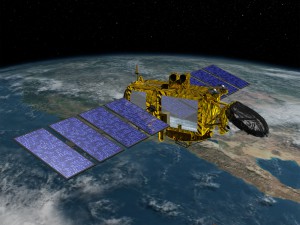At Vandenberg Air Force Base is California, the Jason-3 spacecraft batteries have been charged and the satellite is scheduled to be mated to the SpaceX Falcon 9 rocket today. Other prelaunch preparations continue at Space Launch Complex 4 for a launch on Sunday, Jan. 17. The 30-second launch window opens at 10:42:18 a.m. PST. The Launch Readiness Review is scheduled to be held on Friday.
Jason-3 is an international mission led by the National Oceanic and Atmospheric Administration (NOAA) to continue U.S.- European satellite measurements of the topography of the ocean surface. It will continue the ability to monitor and precisely measure global sea surface heights, monitor the intensification of tropical cyclones and support seasonal and coastal forecasts. Jason-3 data also will benefit fisheries management, marine industries and research into human impacts on the world’s oceans. The mission is planned to last at least three years, with a goal of five years.
Jason-3 is a four-agency international partnership consisting of NOAA, NASA, Centre National d’Etudes Spatiales, France’s space agency, and the European Organization for the Exploitation of Meteorological Satellites. Thales Alenia of France built the spacecraft.




